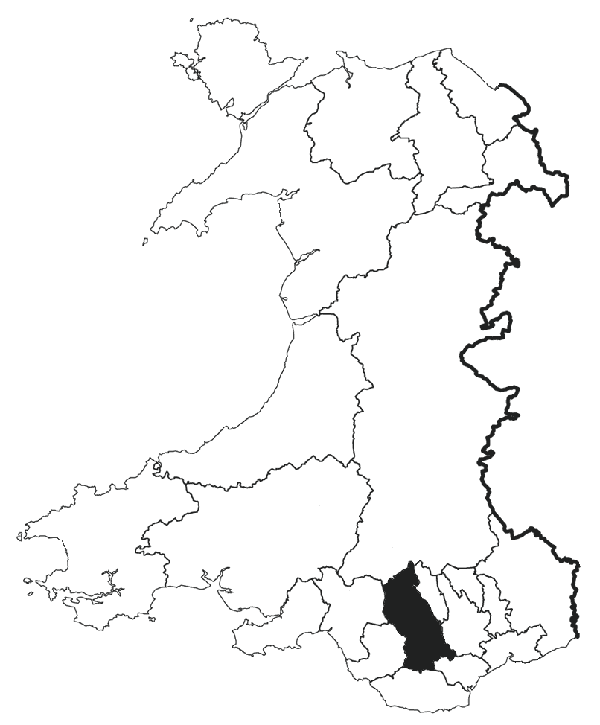Rhondda Cynon Taff (Welsh: Rhondda Cynon T�f) is a county borough in Glamorgan, south Wales.
The district borders Merthyr Tydfil and Caerphilly to the east, Cardiff and the Vale of Glamorgan to the south, Bridgend and Neath Port Talbot to the west and Powys to the north. Its main towns are Aberdare, Mountain Ash and Pontypridd. It also is one of the most impoverished areas of the UK.
Settlements in the district include: The county borough was formed on April 1, 1996, by the merger of the former Mid Glamorgan districts of Cynon Valley, Rhondda and Taff-Ely apart from Pentyrch, which was added to Cardiff. Its name reflects all these, and the rivers Cynon, Rhondda and Taff.
The district developed from the discovery and mining, primarily for export, of high quality welsh coals, such as Anthracite, via Cardiff and Barry docks. The landscape was dominated by coal waste heaps and deep mine pit-heads. Many of the roads are lined with semi-ribbon development of closely packed Victorian terraces of houses which have given the Rhondda valleys their distinctive appearance. In the 1980's privatisation of British Coal resulted in the closure of many of the coal mining activities in the valleys, devastating the local economy.
As deep mines closed , a number of very large open-cast coal mines were created and remain in operation especially towards the north of the area.
The Welsh Development Agency, which was formed in 1976 to help reverse the economic down-turn in Wales caused by the recession in both the coal and Steel industries, has been very active in the Rhondda Cynon Taff area in supporting and encouraging industrial and commercial re-generation.
The Coal industry has had major adverse impacts on the quality of the environment such that most of the rivers were severely polluted to the exclusion of all fish life. Recent decades have shown great improvement with Salmon recorded from the River Taff and the River Rhondda but the continued presence of man-made obstacles in the rivers is inhibiting their return to their pre-industrial condition. | 



